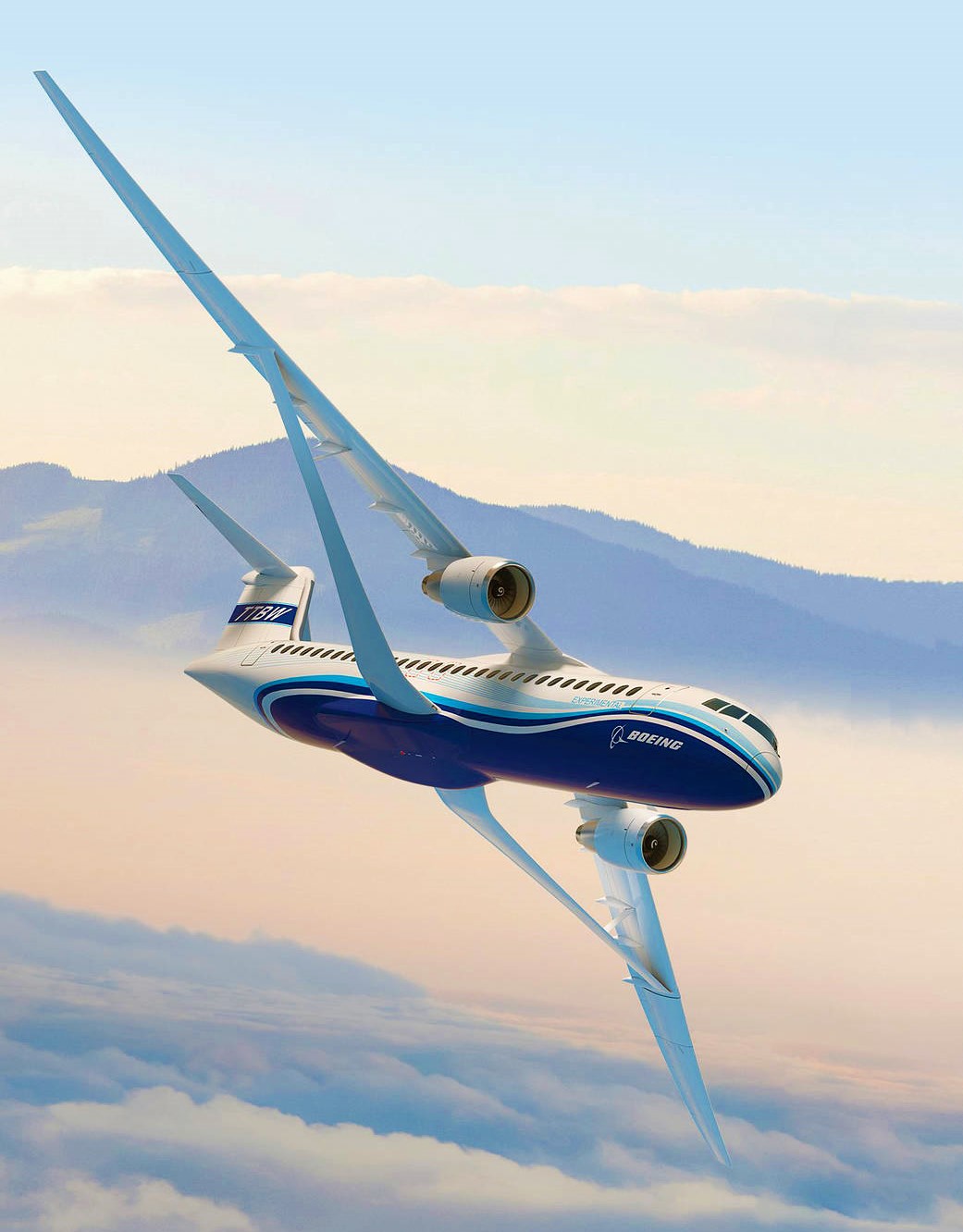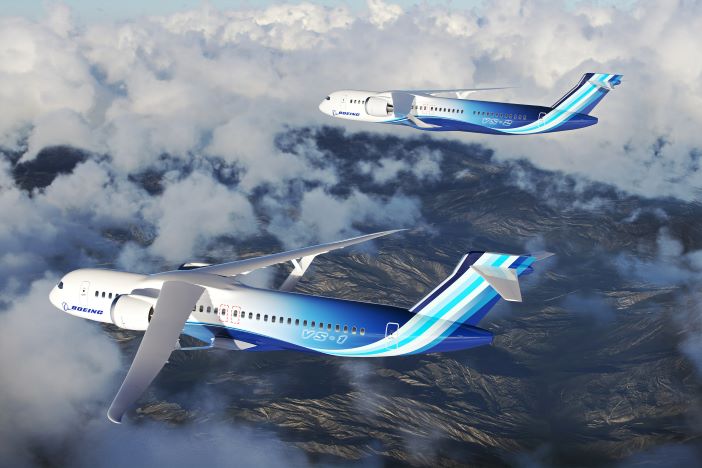


Aiming a breakthrough in aerodynamics and fuel efficiency gains, Boeing was awarded by NASA on its Sustainable Flight Demonstrator project, earlier in January 23 , to form the basis of new generation of green single-aisle airliners.
Adding a step to the development, NASA and Boeing said Monday the aircraft produced through the agency’s Sustainable Flight Demonstrator project has been designated by the U.S. Air Force as the X-66A.

The new X-plane seeks to inform a potential new generation of more sustainable single-aisle aircraft – the workhorse of passenger airlines around the world. Working with NASA, Boeing will build, test, and fly a full-scale demonstrator aircraft with extra-long, thin wings stabilized by diagonal struts, known as a Transonic Truss-Braced Wing concept.
“At NASA, our eyes are not just focused on stars but also fixated on the sky. The Sustainable Flight Demonstrator builds on NASA’s world-leading efforts in aeronautics as well climate,” said NASA Administrator Bill Nelson.
“The X-66A will help shape the future of aviation, a new era where aircraft are greener, cleaner, and quieter, and create new possibilities for the flying public and American industry alike.”
The X-66A is the first X-plane specifically focused on helping the United States achieve the goal of net-zero aviation greenhouse gas emissions, which was articulated in the White House’s U.S. Aviation Climate Action Plan.
“To reach our goal of net zero aviation emissions by 2050, we need transformative aircraft concepts like the ones we’re flying on the X-66A,” said Bob Pearce, associate administrator for NASA’s Aeronautics Research Mission Directorate, who announced the designation at the American Institute of Aeronautics and Astronautics Aviation Forum in San Diego.
“With this experimental aircraft, we’re aiming high to demonstrate the kinds of energy-saving, emissions-reducing technologies the aviation industry needs.”
NASA and Boeing sought the X-plane designation shortly after the agency announced the Sustainable Flight Demonstrator project award earlier this year. The Air Force confers X-plane status for development programs that set out to create revolutionary experimental aircraft configurations.

The designation is for research aircraft. With few exceptions, X-planes are intended to test designs and technologies that can be adopted into other aircraft designs, not serve as prototypes for full production.
“We’re incredibly proud of this designation, because it means that the X-66A will be the next in a long line of experimental aircraft used to validate breakthrough designs that have transformed aviation,” said Todd Citron, Boeing chief technology officer.
“With the learnings gained from design, construction, and flight-testing, we’ll have an opportunity to shape the future of flight and contribute to the decarbonization of aerospace.”
For the X-66A, the Air Force provided the designation for an aircraft that validates technologies for a Transonic Truss-Braced Wing configuration that, when combined with other advancements in propulsion systems, materials, and systems architecture, could result in up to 30% less fuel consumption and reduced emissions when compared with today’s best-in-class aircraft.
Boeing and partners will convert an MD-90 into the newly designated X-66A sustainable flight demonstrator.
Due to their heavy usage, single-aisle aircraft today account for nearly half of worldwide aviation emissions. Creating designs and technologies for a more sustainable version of this type of aircraft has the potential for profound impact on emissions.

NASA’s history with the X-plane designation dates to the 1940s, when its predecessor agency, the National Advisory Committee for Aeronautics (NACA) jointly created an experimental aircraft program with the Air Force and the U.S. Navy.
The X-66A is the latest in a long line of NASA X-planes. Additionally, NASA’s Armstrong Flight Research Center in Edwards, California, has provided technical expertise and support for several additional X-planes.
For the Sustainable Flight Demonstrator, NASA has a Funded Space Act Agreement with Boeing through which the agency will invest $425 million over seven years, while the company and its partners will contribute the remainder of the funding, estimated at about $725 million. NASA also will contribute technical expertise and facilities.
The Sustainable Flight Demonstrator project is an activity under NASA’s Integrated Aviation Systems Program and a key element of the agency’s Sustainable Flight National Partnership, which focuses on developing new sustainable aviation technologies.
Credits: NASA
